What is a 1 Cylinder Engine?
A 1 cylinder engine is a type of internal combustion engine. It operates using one cylinder for power generation. This engine is simple, compact, and commonly used in smaller machines and vehicles.
Definition and Components
A 1 cylinder engine consists of several key components:
- Cylinder and Piston: The cylinder houses the piston, which moves to create power.
- Crankshaft: Converts the piston’s motion into rotational energy.
- Intake and Exhaust Valves: Manage air-fuel intake and exhaust release.
- Spark Plug: Ignites the air-fuel mixture in gasoline engines.
- Cooling System: Prevents the engine from overheating.
These parts work together to generate mechanical energy efficiently. Single cylinder engines are commonly air-cooled due to their simplicity.
How It Differs from Multi-Cylinder Engines
The primary difference is the number of cylinders. A 1 cylinder engine uses one cylinder, while multi-cylinder engines use two or more. This results in:
- Simplicity: Single cylinder engines are simpler and easier to maintain.
- Compactness: They are smaller and weigh less.
- Cost: They are less expensive to produce and repair.
However, multi-cylinder engines provide smoother operation and higher power outputs. A 1 cylinder engine is better suited for smaller, less demanding applications.
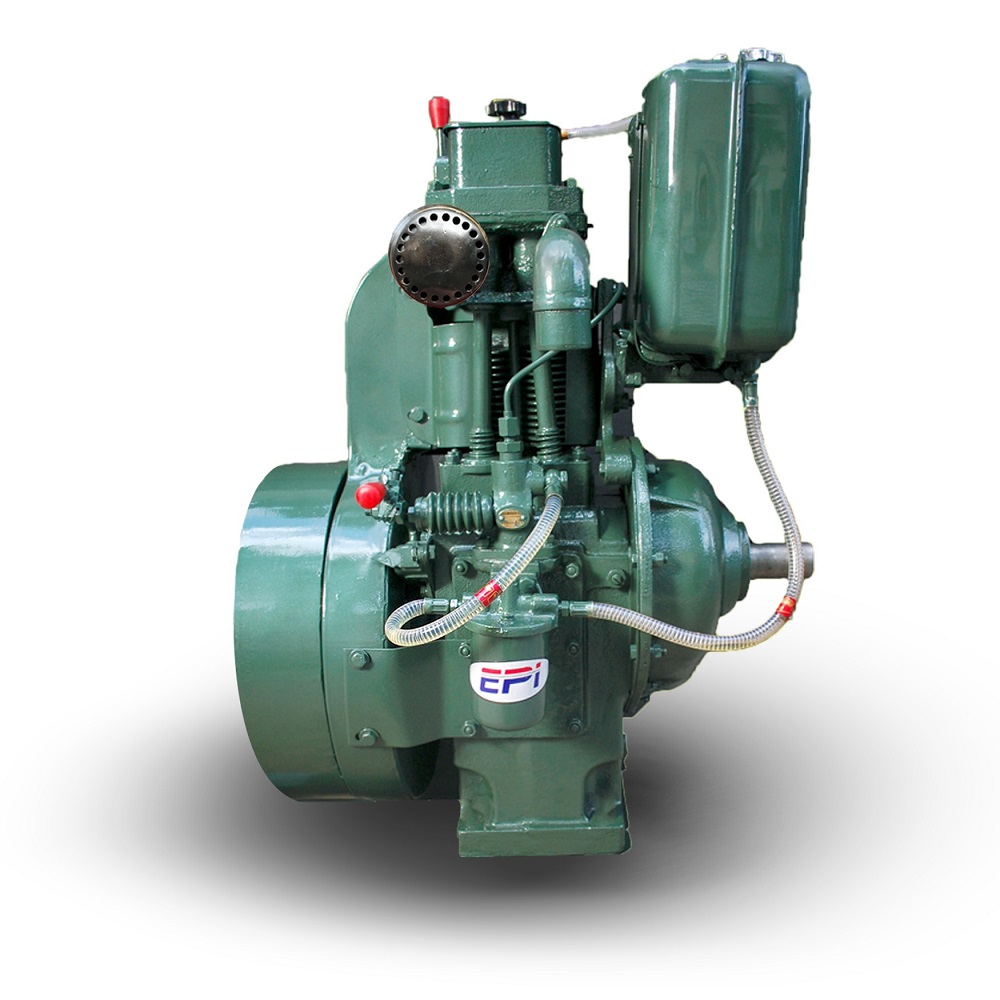
Advantages of a 1 Cylinder Engine
1 cylinder engines offer several advantages, particularly for specific applications where simplicity and efficiency are crucial. These attributes make them highly sought after in smaller devices and vehicles.
Simplicity and Cost Efficiency
1 cylinder engines are simpler in design compared to multi-cylinder engines. They have fewer parts, which makes them easier to assemble and repair. This results in lower production and maintenance costs. For users, this simplicity means fewer components to fail and reduced repair bills.
Compact Design
These engines are compact and lightweight. Their small size makes them perfect for applications requiring easy portability. For example, motorcycles, scooters, and lawn equipment benefit immensely from this feature. The reduced weight also contributes to improved maneuverability and comfort.
Fuel Efficiency
1 cylinder engines are highly fuel-efficient in most cases. Their smaller size means they consume less fuel than multi-cylinder engines. This is a significant advantage for devices like scooters and generators, where energy efficiency translates to cost savings. Additionally, less fuel consumption minimizes environmental impact, making them suitable for eco-conscious users.
Common Applications of 1 Cylinder Engines
1 cylinder engines are versatile and widely used in various applications due to their compact size and efficiency. These small yet powerful engines bring practicality and cost benefits to several industries. Below are the primary areas where they are commonly utilized.
Motorcycles and Scooters
Motorcycles and scooters rely heavily on 1 cylinder engines. These engines offer a lightweight solution, enhancing vehicle maneuverability. Their compact size fits perfectly into small vehicle frames, making them ideal for urban transportation. Additionally, their fuel efficiency ensures economical travel for riders. Popular among budget-conscious users, 1 cylinder engines also keep maintenance costs low while delivering reliable performance.
Lawn Equipment and Generators
Lawnmowers, trimmers, and portable generators often use 1 cylinder engines. These machines benefit from the engine’s simplicity, reducing the need for complex maintenance. Their compact design makes them portable and easy to handle. Moreover, their fuel-efficient performance is crucial for devices like generators, where prolonged use is common. Reliability and ease of operation make 1 cylinder engines a preferred choice in these tools.
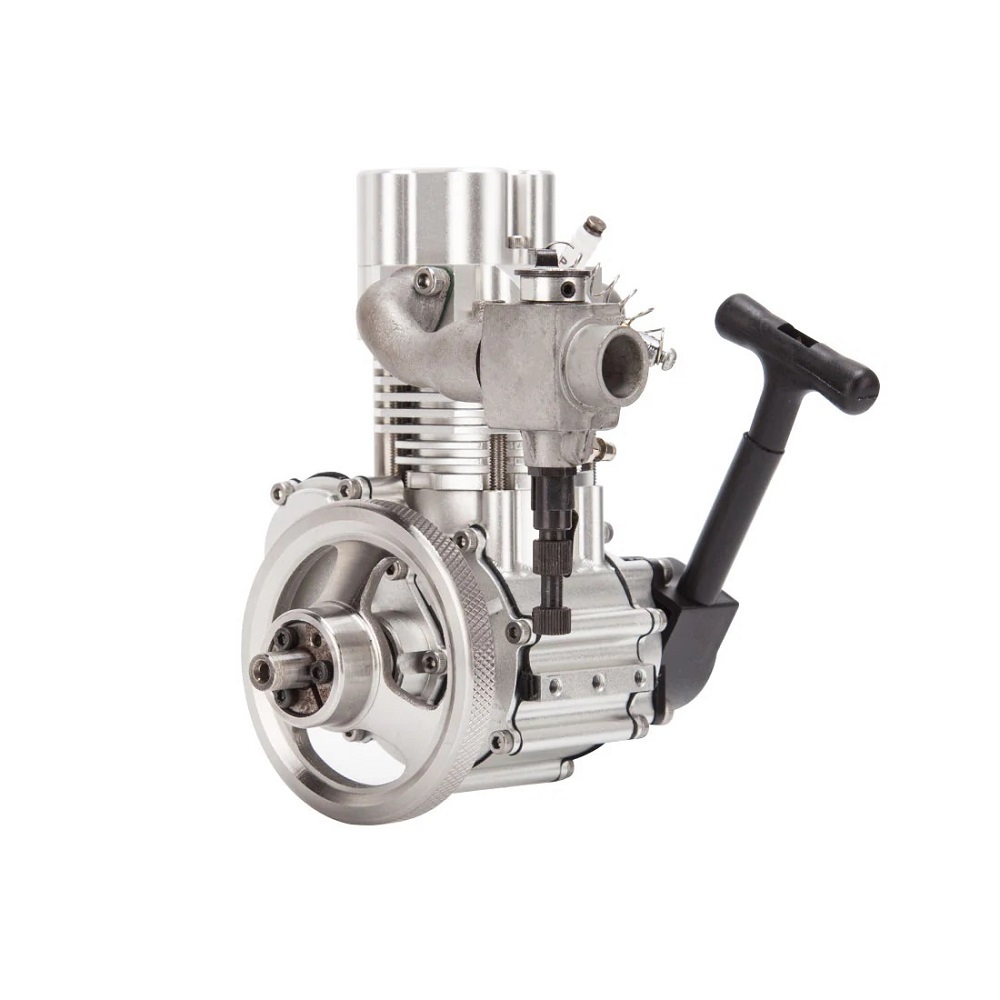
Small Agricultural Machinery
In agriculture, 1 cylinder engines power equipment like tillers, pumps, and mini tractors. Their lightweight design allows farmers to operate machinery in tight spaces, such as small fields or gardens. These engines provide sufficient torque for essential farming tasks, such as soil preparation and irrigation. As a cost-effective option, they lower initial investment and running expenses for small-scale farmers.
Performance Characteristics of 1 Cylinder Engines
Understanding the performance characteristics of a 1 cylinder engine helps in evaluating its effectiveness. These engines feature unique attributes that cater to various small-scale applications. Below are key performance factors to consider.
Power Output and Torque
1 cylinder engines provide sufficient power for lightweight applications. Their power output is usually lower compared to multi-cylinder engines. However, they produce good torque at low speeds, making them suitable for tasks like soil tilling. The balance of power and torque is ideal for compact devices, ensuring reliable functionality. Despite smaller outputs, these engines perform effectively for their size and intended purposes.
Typical RPM Range
1 cylinder engines typically operate in a moderate RPM range. For most applications, their RPM range falls between 2,500 and 7,000. This is adequate for motorcycles, lawnmowers, and small pumps. Higher RPMs can offer increased power, but this can lead to easier wear and tear. Manufacturers design these engines to stay within optimal RPM limits for longevity.
Noise and Vibration Considerations
Single cylinder engines generate more noise and vibration compared to multi-cylinder engines. This is due to the single piston moving without the balance provided by multiple cylinders. To minimize these effects, many modern engines include dampening systems. While they are noisier, enhancements in design have improved comfort during usage. Users often prioritize these traits when selecting engines for specific applications, especially in residential or urban areas.
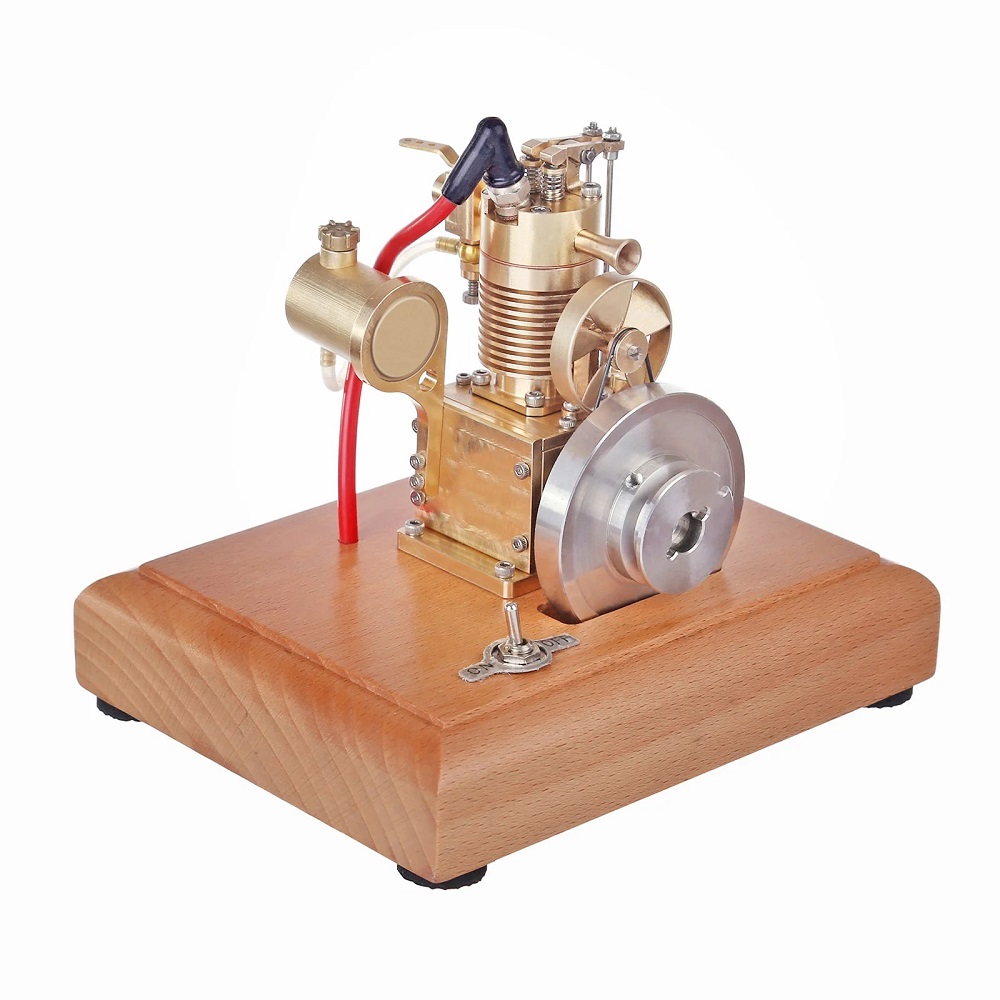
Challenges and Limitations of 1 Cylinder Engines
While 1 cylinder engines are practical for many applications, they also have notable challenges and limitations. These drawbacks often determine their suitability for specific tasks. Below, we explore the key challenges of using a single cylinder engine.
Reduced Smoothness Compared to Multi-Cylinder Engines
1 cylinder engines lack the balance achieved by multiple-cylinder engines. This leads to increased vibration during operation. The single-piston design causes more jerky movement, affecting user comfort. In comparison, multi-cylinder engines offer smoother and quieter performance. Despite some improvements, noise and vibration remain significant issues for single-cylinder engines.
Limited Power for Larger Applications
One cylinder limits the power output of these engines. They are ideal for small machines but can’t meet high-demand tasks. Large vehicles or industrial equipment require engines with multiple cylinders to deliver adequate power. For heavy-duty work, the 1 cylinder engine falls short, making it unsuitable for such applications.
Wear and Tear on Components
1 cylinder engines experience more wear and tear due to their continuous operation. The single cylinder handles all the workload, leading to faster degradation of parts. Key components like the piston and crankshaft require frequent inspections and maintenance. Over time, this increases repair costs and reduces efficiency. Proper care can extend longevity, but the wear rate is still higher than in multi-cylinder engines.
Maintenance Tips for 1 Cylinder Engines
Proper maintenance extends the lifespan of your 1 cylinder engine. Regular care ensures consistent and reliable performance. Below are essential tips for keeping these engines in excellent condition.
Regular Inspections and Cleaning
Inspect your engine frequently to catch issues early. Look for leaks, dirt, and worn-out parts. Clean the engine’s exterior to prevent dirt buildup, which can affect heat dissipation. Pay attention to the air filter; clogged filters reduce performance. Replace filters when necessary to maintain airflow.
Oil Changes and Lubrication
Change the oil regularly to ensure smooth operation. Dirty oil decreases efficiency and causes wear. Use high-quality engine oil to protect the piston, crankshaft, and other moving parts. Lubricate vital components to minimize friction and avoid overheating during use.
Troubleshooting Common Problems
Know the typical issues with 1 cylinder engines. Start-up failures often result from a faulty spark plug. Check and replace it if needed. Strange noises might indicate worn parts; inspect the piston and crankshaft. Excessive vibrations could mean an unbalanced engine—tighten loose bolts or fittings where necessary. Regular troubleshooting ensures long-term reliability.
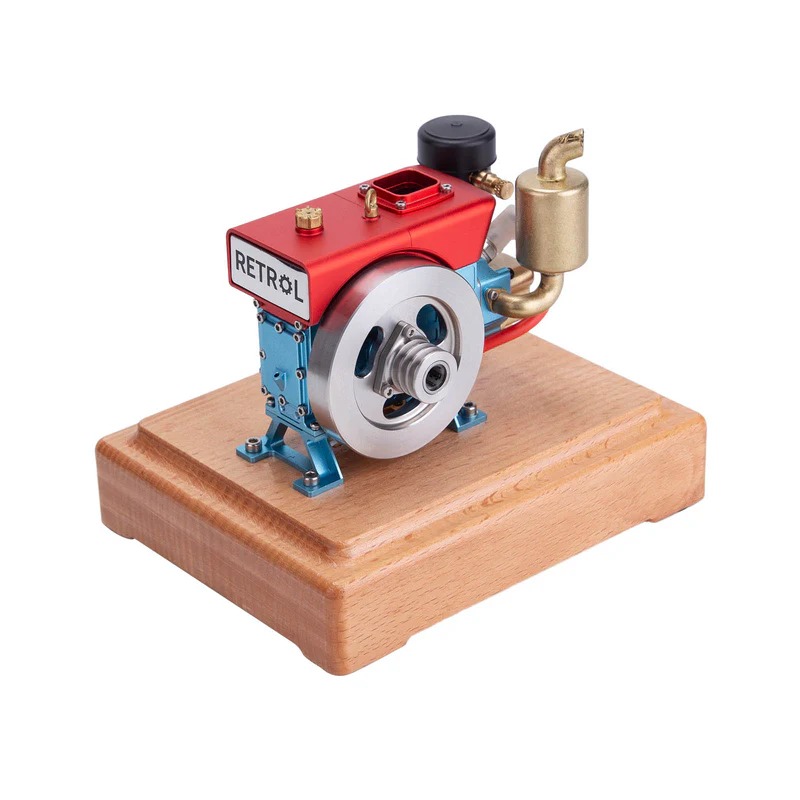
Top Manufacturers of 1 Cylinder Engines
Manufacturers producing 1 cylinder engines play a vital role in the industry. They focus on reliability, efficiency, and innovation. Below, we discuss the top brands and their technological advancements.
Leading Brands in Small Engine Manufacturing
Several companies dominate the 1 cylinder engine market. These brands are known for quality and dependability:
- Honda: Honda leads in small engine manufacturing. Their engines power motorcycles, lawn equipment, and generators. They are known for efficiency and longevity.
- Briggs & Stratton: This brand specializes in small engines for outdoor power equipment. They build durable and compact designs.
- Yamaha: Yamaha produces reliable engines for motorcycles and scooters. Their engines are lightweight but powerful.
- Kohler: Kohler focuses on industrial and residential engine applications. They balance power and efficiency in their designs.
- Suzuki: Suzuki designs engines primarily for two-wheelers. Their engines are lightweight and fuel-efficient.
These companies invest heavily in research and engineering to improve engine performance. Consumers favor these brands for their unwavering quality.
Innovations in Single Cylinder Engine Technology
Technology has advanced significantly in 1 cylinder engines. Manufacturers continuously improve to meet modern-day needs. Key innovations include:
- Fuel Injection Systems: Many engines now use electronic fuel injection. It improves fuel efficiency and performance.
- Improved Cooling Mechanisms: Enhanced air-cooled systems prevent overheating, increasing the engine’s durability.
- Lightweight Materials: Brands use materials like aluminum to reduce engine weight without losing strength.
- Noise Reduction: New designs incorporate noise-reducing technology. This makes engines quieter in operation.
- Eco-Friendly Solutions: Some engines focus on minimizing emissions. They offer better environmental compatibility.
These innovations aim to enhance power, reduce maintenance costs, and promote eco-friendly practices. With these advancements, 1 cylinder engines continue to meet evolving consumer demands.
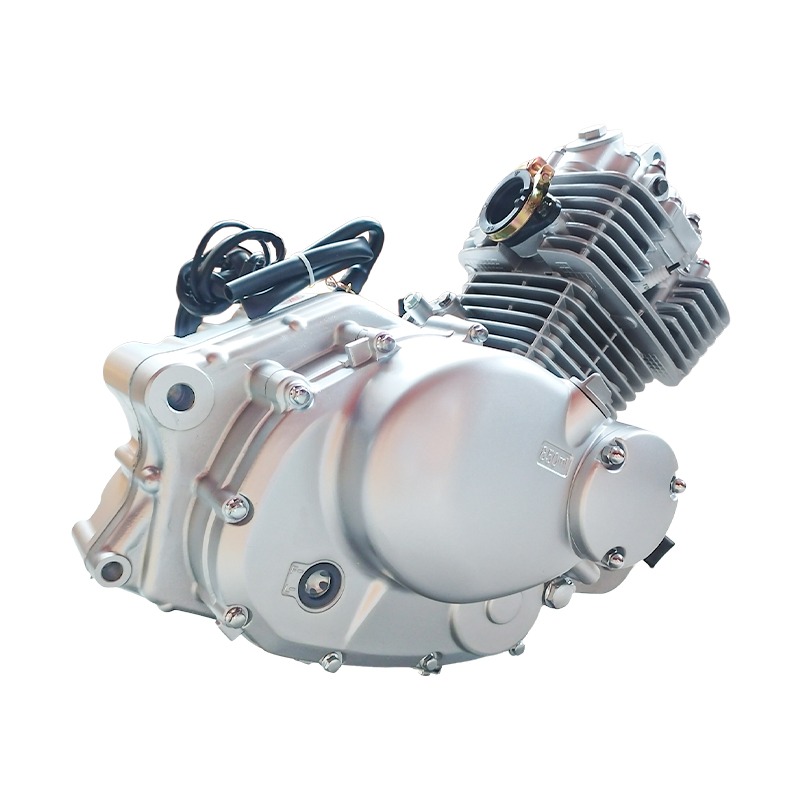
Future Trends for 1 Cylinder Engines
1 cylinder engines continue evolving to meet changing consumer needs. Advancements focus on efficiency, sustainability, and versatility. These developments ensure the engines remain relevant in modern applications.
Growing Demand in Compact Applications
Compact devices and vehicles increasingly rely on 1 cylinder engine. Consumers seek lightweight and portable solutions for daily tasks. Motorcycles, scooters, and lawn tools benefit from the engine’s small size and efficiency. Mini agricultural machinery also embraces these engines for use in tight spaces. Demand in urban areas grows due to low emissions and ease of maintenance. Manufacturers enhance engine designs to meet these market demands.
Eco-Friendly and Sustainable Designs
Environmental concerns drive innovation in 1 cylinder engine designs. Modern engines focus on reducing fuel consumption and emissions. Eco-friendly models use advanced combustion systems to improve fuel efficiency. Lightweight materials lower energy consumption during transportation and use. Noise-reduction and emission-control technologies make these engines suitable for sustainable applications. Solar-assisted and hybrid designs emerge to further align with green practices. These features make 1 cylinder engines a reliable and eco-conscious choice for users.
Exploring the Cost-Effectiveness of One-Cylinder Engines
Initial Investment and Savings
One-cylinder engines typically come with a lower initial investment compared to larger engines. This price point makes them an attractive option for budget-conscious consumers. Additionally, their efficient operation results in lower fuel costs over time. For individuals who use their motorcycles for daily commuting or regular tasks, the savings on fuel and maintenance can be substantial. In many cases, this investment pays off quickly, particularly for users who frequently utilize their machines.
Insurance and Registration Benefits
From an insurance and registration perspective, motorcycles with 1 cylinder engine may also come with cost benefits. These bikes often fall under lower insurance categories, resulting in reduced premiums. Many insurance companies view smaller displacements as lower risk, which can offer added financial incentive for prospective owners. Additionally, registration fees for smaller motorcycles can sometimes be less expensive than for larger models, boosting their overall affordability.
Resale Value Considerations
One-cylinder engines typically have a stable resale value, making them a sound investment. Due to their popularity, especially among beginner riders, there’s often a strong market for these motorcycles. As long as the bike is maintained well and kept in good condition, owners can expect to recoup a significant portion of their initial investment. This stability in resale value makes 1 cylinder engine an appealing option for riders looking to upgrade or sell down the road.
Enhancing the Riding Experience with One-Cylinder Engines
Fun and Accessible Riding
Riding a motorcycle equipped with a 1 cylinder engine can be an enjoyable experience. The lightweight design allows for ease of handling, making these bikes perfect for novice riders. Many riders appreciate the sense of freedom and simplicity that comes with riding a smaller bike. The inherent maneuverability of one-cylinder motorcycles creates a fun riding experience, especially in urban environments where navigating traffic and tight spaces is a daily occurrence.
Community and Engagement
The experience of owning a one-cylinder motorcycle often fosters a sense of community among riders. Many enthusiasts come together in clubs and organizations that focus on small bike riding. Events, rallies, and group rides organized around these bikes help cultivate friendships and shared experiences. This communal aspect enhances the joy of riding as individuals bond over their shared passion and love for these efficient machines.
Personal Growth Through Riding
Riding a one-cylinder motorcycle can also encourage personal growth and skill development. As riders become comfortable with their bikes, they can take on longer trips, navigate challenging routes, or even learn maintenance tasks. The journey of mastering riding skills fosters confidence and resilience. Embracing challenges on the road can be a rewarding experience, encouraging riders to push their boundaries and take pride in their motorcycles.
Conclusion: The Future of One-Cylinder Engines
Evolving with the Times
In summary, 1 cylinder engine offer a versatile, efficient, and economical choice for riders and operators of small equipment. Their affordability and ease of use make them perfect for beginners and casual riders alike. As the industry continues to evolve, these engines will incorporate new technologies focusing on efficiency, sustainability, and performance enhancements.
Embrace the Journey
As you consider the prospects of owning or using a 1 cylinder engine, embrace the journey that accompanies it. Riding is not just about reaching a destination; it’s about enjoying the experience along the way. Take the time to learn your machine, respect the environment, and connect with fellow riders. Celebrate the sense of freedom that comes with riding and the adventures waiting on the horizon.
Looking Forward to Innovation
Finally, keep an eye on emerging innovations within the field of 1 cylinder engine. As technology advances, new materials, designs, and features will continually improve performance and efficiency. Understanding the characteristics of one-cylinder engines allows you to make informed choices while enjoying the benefits they offer. Throughout this journey, the joy of motorcycling remains a profound experience, presenting endless opportunities for exploration and connection.
Leave a Reply